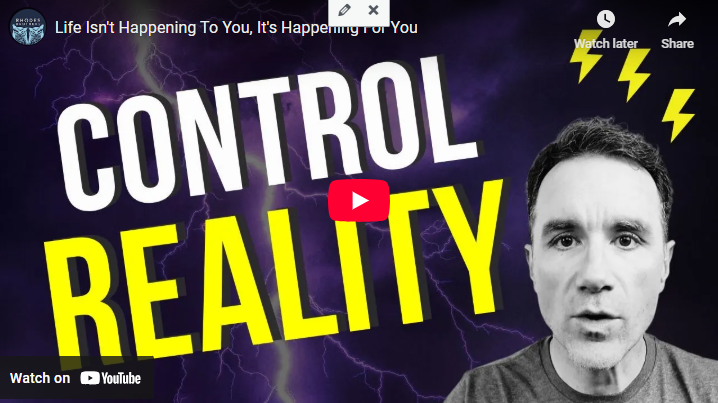For More Free Videos, Subscribe to the Rhodes Brothers YouTube Channel.
Wealth isn’t always what it seems. The person driving an old pickup truck and wearing a plain T-shirt might quietly be a millionaire. Meanwhile, someone flaunting designer clothes and a shiny new car could be drowning in debt. It’s not about appearances—it’s about choices. And when you shift your mindset toward “looking poor,” you unlock a path to true financial freedom.

John S. Rhodes, co-founder of the Rhodes Brothers, summarizes it perfectly: “The subtle shift of not letting spending and greed overtake your life is the key to building authentic wealth.”
This isn’t about deprivation or pretending to be something you’re not. It’s about stepping off the endless treadmill of spending, embracing simplicity, and using your money to create a life of purpose and security. In this post, we’ll break down why this mindset is so powerful and provide actionable steps to help you use it to your advantage.
TL;DR
Here’s what you’ll gain from this post:
- Escape the hedonic treadmill: Stop falling into the trap of spending every dollar you earn.
- Find freedom in simplicity: Discover how living below your means can create more peace and flexibility in your life.
- Invest in growth, not materialism: Use your money to build wealth instead of wasting it on things that depreciate.
- Protect yourself from survival mode: Avoid the stress and pressure that come with trying to impress others.
- Embrace authenticity: Live in alignment with your values, not the world’s expectations.
If you’re ready to rethink your approach to money, let’s get into it.
The Hedonic Treadmill: Why “More” Will Never Be Enough
It’s a common trap: as you earn more, you spend more. A raise at work turns into a bigger house, a new car, or more frequent vacations. This cycle, known as the hedonic treadmill, keeps you running in place financially. No matter how much you earn, you never feel like you’re getting ahead because your expenses grow along with your income.
John S. Rhodes illustrates this with a personal story: “My father once got a significant raise, but instead of saving or investing it, he immediately bought a new stereo system that cost more than the raise itself. By the end of the year, he had spent not just the raise, but more. That’s the hedonic treadmill—it traps you.”
How to Break Free from the Hedonic Treadmill
Breaking the cycle of “earn more, spend more” requires intentionality. Here’s how you can do it:
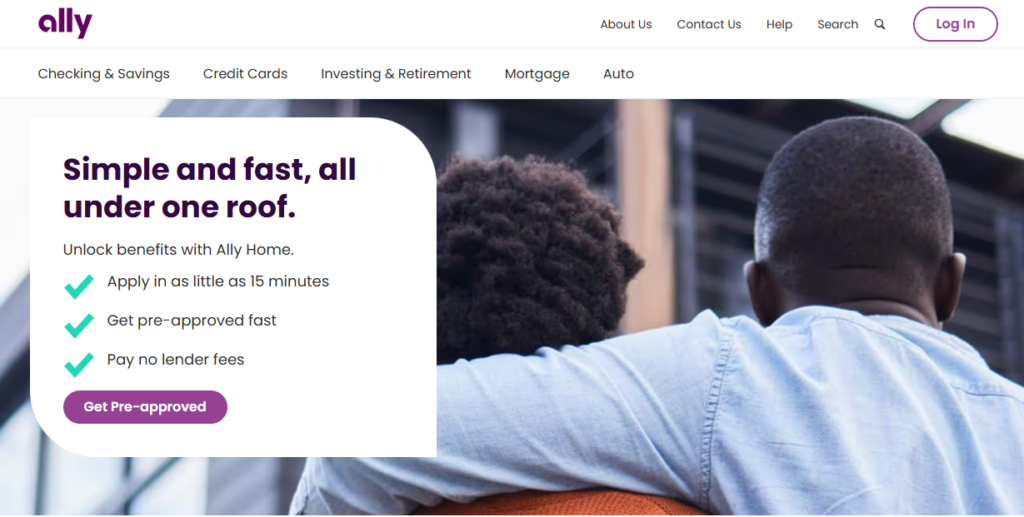
- Track Your Spending
Use budgeting tools like Mint, YNAB (You Need a Budget), or Personal Capital to monitor where your money is going. These apps provide insights into your spending habits and help you identify areas where you can cut back. Example: If you’re spending $300 a month on dining out, set a goal to cut that in half and redirect the savings into an investment account.
- Automate Your Savings
Set up automatic transfers to a high-yield savings account or investment account every month. This ensures that you’re paying yourself first before you’re tempted to spend. Platforms like Ally Bank or Marcus by Goldman Sachs offer competitive interest rates for savings accounts.
- Set Spending Boundaries
Decide in advance how much you’ll allocate to lifestyle upgrades. For example, if you receive a $5,000 bonus, commit to saving or investing at least 80% of it and using the remaining 20% for enjoyment. Example: Instead of upgrading to a luxury SUV, keep your current vehicle and invest the money in a low-cost index fund through Vanguard. Over time, this investment could grow significantly.
Simplicity: The Key to Financial Freedom
Living simply doesn’t mean living without—it means living intentionally. Financial freedom isn’t about having the most; it’s about needing less. When you simplify your life, you free yourself from the constant pressure to keep up with others or accumulate unnecessary possessions.
Steps to Simplify Your Life
Simplifying your life doesn’t mean sacrificing joy or comfort—it’s about focusing on what truly matters and letting go of unnecessary clutter, both physically and financially. When you streamline your lifestyle, you free up mental energy, reduce stress, and create more room for meaningful growth. Here’s how you can start simplifying today, step by step.
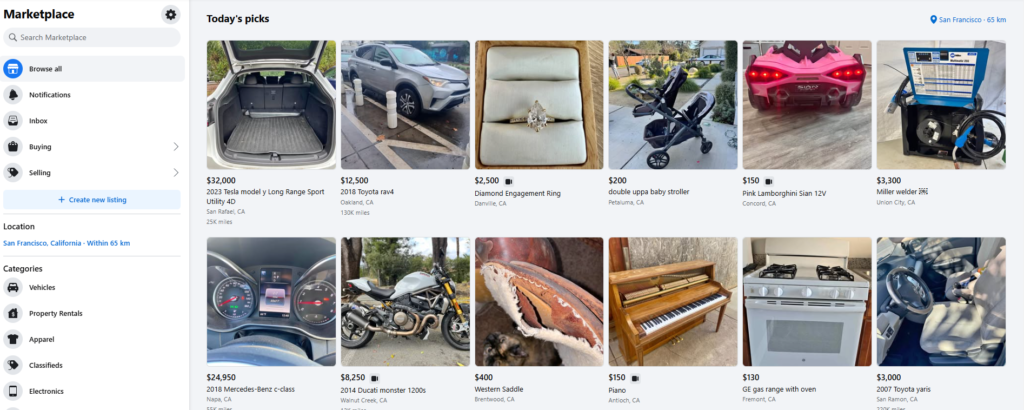
- Declutter Your Home
Start with what you already own. Go through your wardrobe, kitchen, and garage, and sell or donate items you no longer use. This not only clears up physical space but also provides mental clarity. Example: Selling unused items on platforms like eBay or Facebook Marketplace can provide extra cash to put toward savings or investments.
- Prioritize Experiences Over Things
Research shows that spending on experiences, such as travel or hobbies, provides longer-lasting happiness than material purchases. Example: Instead of buying a new $1,500 television, use that money for a weekend getaway with your family.
- Adopt a Gratitude Practice
Gratitude helps shift your focus from what you lack to what you already have. Apps like Grateful can help you build a daily habit of reflecting on your blessings. Tool: Use a simple notebook or journaling app to write down three things you’re grateful for each day. Over time, this practice can reduce the urge to spend on unnecessary items.
Invest in Assets, Not Liabilities
Here’s the golden rule of wealth-building: Buy assets, not liabilities. Assets, such as stocks, real estate, or businesses, grow in value over time. Liabilities, like cars, clothes, or gadgets, lose value and drain your finances.
How to Start Building Assets
Building assets is the foundation of long-term wealth. Unlike liabilities that drain your finances, assets work for you, growing in value or generating income over time. Whether you’re just starting out or looking to expand your portfolio, the key is to focus on smart, sustainable investments that align with your goals. Here’s how you can begin building assets today.
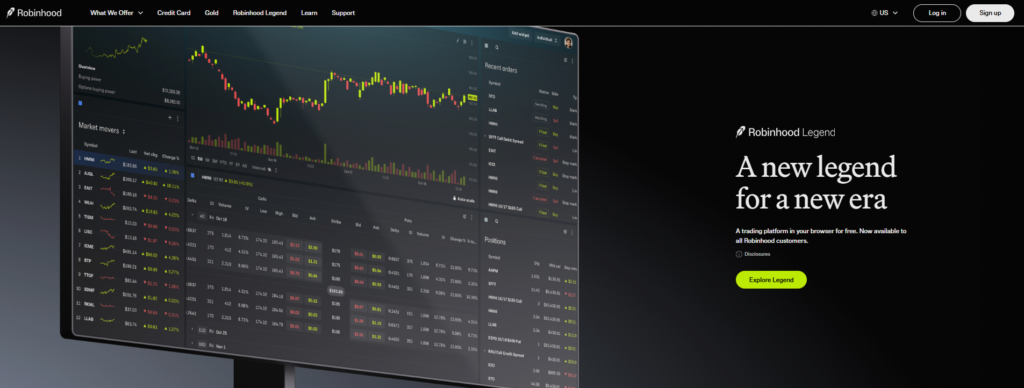
- Start Small with Investments
You don’t need a fortune to start investing. Platforms like Robinhood and Acorns allow you to invest with as little as $5. Example: If you invest $100 a month in an index fund with a 7% annual return, you’ll have over $120,000 after 30 years.
- Consider Real Estate
Real estate can be a powerful wealth-building tool. Platforms like Fundrise make it easy to invest in real estate projects without needing a large upfront investment.
- Invest in Yourself
Education and skill-building are some of the best investments you can make. Websites like Coursera and Udemy offer affordable courses to boost your earning potential. Example: Taking a $200 digital marketing course could lead to a promotion or new job that increases your income by thousands.
Avoid the Survival Mode Trap
One of the biggest risks of chasing wealth is falling into “survival mode,” where you constantly worry about protecting what you have. Ironically, the more you own, the more pressure you feel to maintain it.
How to Escape Survival Mode
Living in survival mode—constantly worrying about making ends meet or protecting what you have—can be exhausting and overwhelming. It keeps you in a reactive state, making it harder to plan for the future or enjoy the present. Escaping this trap requires shifting your mindset, setting priorities, and creating stability so you can regain control of your financial and emotional well-being. Here’s how to break free.
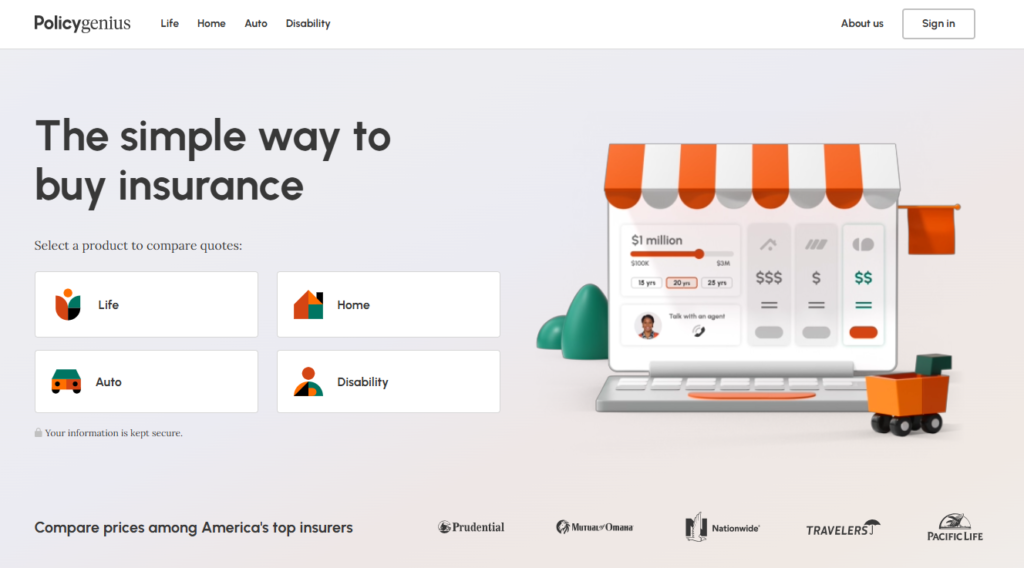
- Focus on Your Core Values
Reflect on what truly matters to you. Is it financial security, time with family, or personal growth? Let your values guide your spending and saving decisions.
- Set Boundaries
Politely decline invitations or purchases that don’t align with your financial goals. Example: If friends invite you on an expensive trip, suggest a more budget-friendly alternative, like a local weekend getaway.
- Protect What You Own
Ensure your assets are properly insured, but don’t overpay for unnecessary coverage. Use tools like Policygenius to compare insurance options.
Authenticity Over Appearances
Living authentically means aligning your financial life with your personal values, not societal expectations. When you stop seeking validation through material possessions, you can focus on what truly matters.
How to Stay Authentic
In a world driven by appearances and comparison, staying true to yourself can feel like a challenge. Authenticity means aligning your actions, choices, and finances with your personal values rather than societal expectations. When you embrace who you are and focus on what truly matters to you, you’ll find greater clarity, freedom, and fulfillment. Here’s how to live authentically while building the life you want.
- Delay Impulse Purchases
Before buying something non-essential, wait 24–48 hours to make sure it aligns with your goals.
- Window Shop with Intention
As John S. Rhodes says, “Shopping and dreaming can be as enjoyable as the purchase itself.” Use the process of researching and exploring options to clarify what you truly want.
- Find Joy in Simplicity
Many wealthy individuals, like Warren Buffett, lead simple lives. Buffett still lives in the modest home he bought in 1958. His lifestyle is a reminder that wealth isn’t about appearances—it’s about freedom.
Actionable Steps and Direct Advice on Why Looking Poor Is Important
The idea of “looking poor” may seem controversial at first glance, but in certain contexts, it can be a deliberate strategy for navigating societal, financial, or cultural challenges. Whether it’s about avoiding unnecessary attention, staying modest, or focusing on values over appearances, “looking poor” can be a tool for personal empowerment or even financial growth. Below, we dive into actionable steps and advice for embracing this mindset—while balancing practicality and intentionality.
For Beginners: Embrace Minimalism Over Appearances
Goal: Focus on needs over wants and align your lifestyle with your true priorities.
- Step 1: Stop competing in the “status race.” Reframe your mindset to see value in simplicity rather than material displays of wealth.
- Step 2: Shop secondhand or thrift stores for clothing, furniture, and essentials. This not only saves money but also aligns with a “low-key” lifestyle.
- Step 3: Avoid flashy purchases, even if you can afford them. Instead, invest your money in assets like savings, education, or experiences.
- Direct Advice: “Looking poor doesn’t mean being poor—it means prioritizing function over image and refusing to succumb to societal pressure to ‘prove’ your worth.”
Millennials: Leverage Perception to Build Wealth
Goal: Use a modest appearance to avoid unnecessary expenses while quietly building financial security.
- Step 1: Avoid lifestyle inflation. As your income grows, maintain a modest appearance and reinvest the extra money into savings, retirement funds, or side businesses.
- Step 2: Drive an older or modest car. Cars are one of the most visible signs of wealth, but they lose value quickly. Choose reliability over luxury.
- Step 3: Focus on stealth wealth. Avoid showcasing expensive items like designer clothes, watches, or gadgets. Instead, let your financial growth happen behind the scenes.
- Direct Advice: “By avoiding the need to ‘look rich,’ you can redirect your energy and resources toward building real, lasting wealth.”
People Nearing Retirement: Protect Assets by Staying Under the Radar
Goal: Avoid attracting attention to your wealth and focus on preserving your financial stability.
- Step 1: Downsize without drawing attention. Moving to a smaller house or less expensive area not only saves money but also reduces perceptions of wealth.
- Step 2: Practice discretion with family and community. Keep financial discussions private to avoid becoming a target for loans or requests.
- Step 3: Prioritize financial privacy. Avoid public displays of wealth, such as expensive vacations, cars, or home renovations.
- Direct Advice: “As you near retirement, looking modest allows you to protect your finances and enjoy a simpler, stress-free lifestyle.”
Universal Actionable Steps: The Power of Staying Modest
These strategies apply to anyone looking to embrace the concept of “looking poor” to focus on priorities and avoid unnecessary pressures:
- Live Below Your Means: Spend less than you earn, and resist the urge to show off your success. This builds financial freedom over time.
- Invest in Experiences, Not Things: Instead of flashy purchases, spend on experiences that enrich your life (e.g., travel, hobbies, or education).
- Avoid Debt for Appearances: Never borrow money to fund a lifestyle you can’t afford—e.g., financing luxury items to impress others.
- Learn from the Wealthy: Many millionaires live modestly and focus on growing their wealth quietly. Books like The Millionaire Next Door highlight this principle.
- Direct Advice: “Looking poor is not about deprivation—it’s about freedom from the pressure to project an image. It allows you to focus on what truly matters.”
The Bigger Picture
Why is this concept important? In a world obsessed with appearances and materialism, “looking poor” can be a statement of values and priorities. It’s about rejecting the idea that self-worth is tied to possessions or public perception. Instead of seeking validation through wealth, this approach emphasizes the power of humility, financial independence, and authenticity.
Controversial, yes—but for those who embrace it, the rewards can be life-changing.
Common Mistakes to Avoid
When embracing the idea of “looking poor” or maintaining a modest lifestyle to prioritize financial freedom and personal values, there are some key mistakes people often make that can derail their progress. Here’s a closer look at these pitfalls and how to avoid them:
Lifestyle Inflation
One of the most common traps is lifestyle inflation, where people upgrade their standard of living every time they receive a raise, bonus, or financial windfall. While it’s tempting to reward yourself for hard work, constantly increasing your expenses to match your income keeps you stuck in a cycle of paycheck-to-paycheck living—even if you’re earning more. Instead of upgrading to a more expensive car, home, or wardrobe, consider adopting a “delayed gratification” mindset. Channel extra income into savings, investments, or paying down debt. Living below your means, regardless of income level, is one of the most effective strategies for long-term financial stability. Remember, staying modest now doesn’t mean you can’t enjoy luxury later—it simply ensures you’ll do it from a place of financial strength.
Buying Liabilities Instead of Assets
Another mistake is prioritizing the purchase of liabilities—items that lose value over time—over assets that grow your wealth. For example, buying a brand-new car or the latest tech gadget might feel exciting, but these items depreciate quickly, often losing much of their value within months or years. Instead, focus on building your asset column by investing in things like stocks, real estate, or even skills that can increase your income over time. Assets generate value and provide returns, while liabilities drain your resources. Before making a purchase, ask yourself: “Will this item grow in value or help me create more wealth?” If the answer is no, consider redirecting those funds to something that will.
Chasing External Validation
Trying to keep up with others or spending money to gain approval is one of the biggest financial and emotional pitfalls. Whether it’s buying designer clothes, upgrading to the latest smartphone, or throwing extravagant parties, these actions often stem from the need for external validation. This habit not only drains your finances but also ties your self-worth to the opinions of others. Instead, focus on spending in alignment with your own values and goals. Ask yourself: “Am I buying this because it genuinely brings me joy, or because I want to impress someone?” Breaking free from the need to project wealth or status can be liberating and allows you to focus on what truly matters—your own happiness and financial independence.
By recognizing and avoiding these common mistakes, you can focus on building a lifestyle rooted in intentionality and financial security. Avoiding lifestyle inflation, prioritizing assets over liabilities, and rejecting the need for external validation are key steps to achieving long-term freedom and peace of mind. Remember, it’s not about denying yourself enjoyment but about ensuring that every financial decision you make aligns with your goals and values.
Frequently Asked Questions
What does “looking poor” mean in this context?
“Looking poor” doesn’t mean being impoverished or intentionally neglecting your needs. It refers to adopting a modest lifestyle that prioritizes financial stability, low-key living, and avoiding unnecessary displays of wealth. It’s about rejecting societal pressure to appear wealthy and instead focusing on building real financial security and personal values.
Why is “looking poor” considered controversial?
The idea is controversial because it challenges society’s obsession with materialism and status symbols. Many people equate outward appearances with success, so choosing to appear modest can face criticism or misunderstanding. Additionally, it can be seen as counterintuitive in a world where people often strive to show off their achievements.
Is this about pretending to be poor?
No, it’s not about pretending. It’s about living authentically and intentionally, without feeling the need to flaunt wealth or material possessions. For some, it’s a way to avoid external pressures, maintain financial privacy, or silently build wealth without attracting attention.
How can “looking poor” help with financial success?
Adopting a modest appearance helps you prioritize long-term financial goals. By resisting the urge to spend on luxury items or status symbols, you can save and invest more effectively. This mindset also protects you from lifestyle inflation, ensures you’re living below your means, and allows you to grow wealth quietly.
Isn’t it important to treat yourself after success?
Treating yourself is important, but the key is balance. Many people fall into the trap of overspending on luxury items to celebrate success, which can lead to financial instability. Instead, consider rewarding yourself modestly while ensuring the majority of your resources are aligned with long-term financial goals.
How can you adopt this mindset without feeling deprived?
Focus on the value and meaning behind your spending. Prioritize experiences, personal growth, and relationships over material possessions. By aligning your spending with your values, you’ll find fulfillment in areas that truly matter, rather than chasing fleeting satisfaction through material goods.
Is “looking poor” relevant to everyone?
While the term may not resonate with everyone, the principles behind it—living modestly, avoiding lifestyle inflation, and focusing on long-term goals—are universally applicable. Whether you’re trying to build wealth, protect assets, or reduce stress, this mindset can help bring clarity and control to your financial and personal life.
How can “looking poor” align with building wealth?
Many wealthy individuals practice “stealth wealth,” where they avoid showcasing their financial success. This allows them to focus on growing their wealth quietly without the distractions of maintaining a high-profile lifestyle. By living modestly, you can reinvest your resources into assets that grow over time.
Is “looking poor” a privilege?
In some ways, yes. The ability to choose a modest appearance while having financial security is a form of privilege. It’s important to acknowledge that for many, modest living isn’t a choice but a necessity. If you adopt this mindset, it should come from a place of humility and self-awareness.
How can someone start adopting this mindset?
Start by evaluating your spending habits and identifying areas where you’re spending for appearances or external validation. Create a budget that prioritizes needs, savings, and investments over wants. Practice gratitude for what you have, and focus on experiences and relationships rather than material possessions. Gradually shift your mindset to value long-term wealth and personal growth over short-term status symbols.
Your Path to True Wealth
Looking poor isn’t about sacrificing happiness—it’s about living intentionally, focusing on what matters, and building a life of freedom and abundance. By stepping off the hedonic treadmill, embracing simplicity, and investing in growth, you can create a financial future that aligns with your values.
As John S. Rhodes wisely said, “The rich allow money to make more money. They allow it.” It’s time to let your money work for you, not against you.
Take the first step today: track your spending, simplify your life, and start investing in assets that build lasting wealth. And don’t forget to subscribe to the Rhodes Brothers YouTube Channel for more actionable insights and strategies to transform your financial future. Click here to subscribe.
Resource List
Books
- The Simple Path to Wealth by JL Collins
- Your Money or Your Life by Vicki Robin
Tools
Podcasts
Start today, and watch your mindset—and your wealth—transform.


